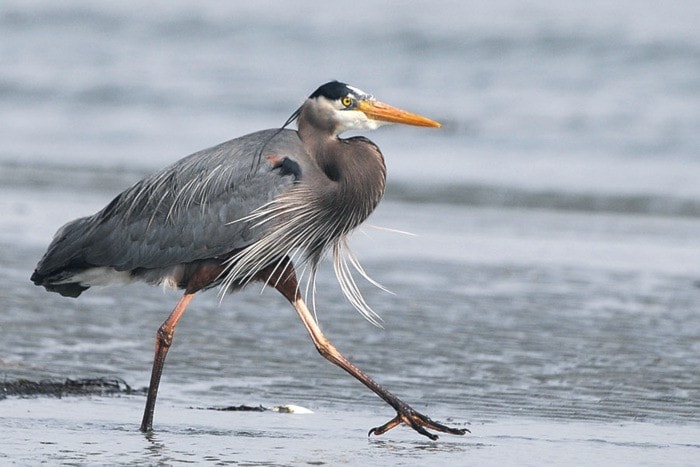This year marks the 50th anniversary of the Canadian Wildlife Association, commemorating 50 years of conserving and protecting Canadian wildlife and its habitat.
The Canadian Wildlife Federation was founded in 1962 by Jack Miner and a small group of dedicated conservationists with a common passion for wildlife and its protection. National Wildlife Week was started and is celebrated annually at the beginning of April.
Another annual event takes place on April 22; “Earth Day” is celebrated around the world and was founded in 1970 by Gaylord Nelson the governor of Wisconsin. Like National Wildlife Week, “Earth Day” is a celebration to focus on the environment and the ways we can protect it in the future. Unfortunately, it appears that the environmental issues seem to be taking a back seat in many parts of the world, and without controls, wildlife will be facing a grim future.
Each Year the Canadian Wildlife Federation chooses a different theme to promote wildlife awareness this year they are focusing on local species and their habitats promoting awareness through walking. Mountainaire Avian Rescue Society (MARS) decided to draw attention to our own wildlife species by conducting a Walk for Wildlife in one of the Comox Valleys very fragile ecosystem, the Puntledge river estuary.
Our walk takes place on Sunday –– Earth Day – at the south end of the Courtenay Air Park and we hope to collect all the pledge sheet walkers and encourage drop ins to attend as well. The air park is a great place to walk and appreciate the diversity of wildlife species and habitats within the estuary, there are mud flats, tidal pools, marshes and sloughs along with many native plants and trees.
This area is critical to the many year round wildlife residents and also to thousands of migratory avian species. Our aim is to raise public awareness to this vital habitat together with the impact we have on it. The estuary is also home to mammals including, seals, river otters, beavers and water rodents that swim up the river or live along the banks preying on salmon and other aquatic creatures. Tidal levels vary with low tides expose vast areas of mud flats and marshes that support all kinds of birds and water fowl as well as eagles and other raptors.
It has been discovered that some of the mud flats exposed at low tide, instead of being polluted, are actually covered with a mucous substance called “biofilm” which is sucked up by shorebirds like sandpipers. This “biofilm” is high energy food providing these migratory birds with the nutrition they need to complete their migration.
The marsh areas around the estuary support some very unique secretive creatures such as the green heron and the bittern. It also provides shelter for the great blue herons if they feel threatened. Great blue herons prefer to hunt along the shoreline – especially the air park shores – standing like statues patiently awaiting some unsuspecting prey which they will catch with lightning speed.
Unlike the great blue heron, the green herons are small stocky wading birds which have the appearance of “hunch backs”. They are extremely hard to spot as they are perfectly camouflaged to resemble the marsh vegetation. These herons do eat fish but have a much more diverse diet, including frogs, crabs, mice and leeches. They are one of the few avian species that use “tools” to lure their prey. They drop feathers, insects, and earthworms. They even use specially-modified twigs to lure their prey to the water’s surface. This is a perfect time of year to spot green herons. They are more visible, forming small breeding colonies. You might just witness their strutting courtship displays. This is just a sample of the wildlife you may encounter on our walk for wildlife, take the time to stop listen and look around you.
MARS will be sending mileage data to the Canadian Wildlife Federation adding to their walkathon numbers across Canada and we will be giving out pins to our participants. I would like to thank all my neighbours and friends who have generously sponsored my participation and to everyone that will be supporting and sponsoring this event.
